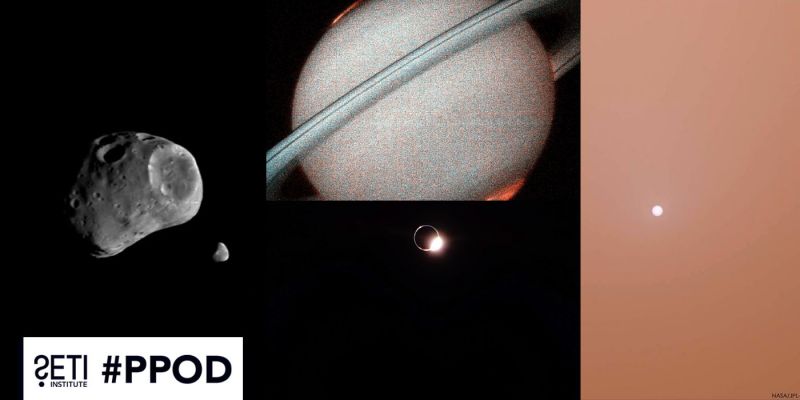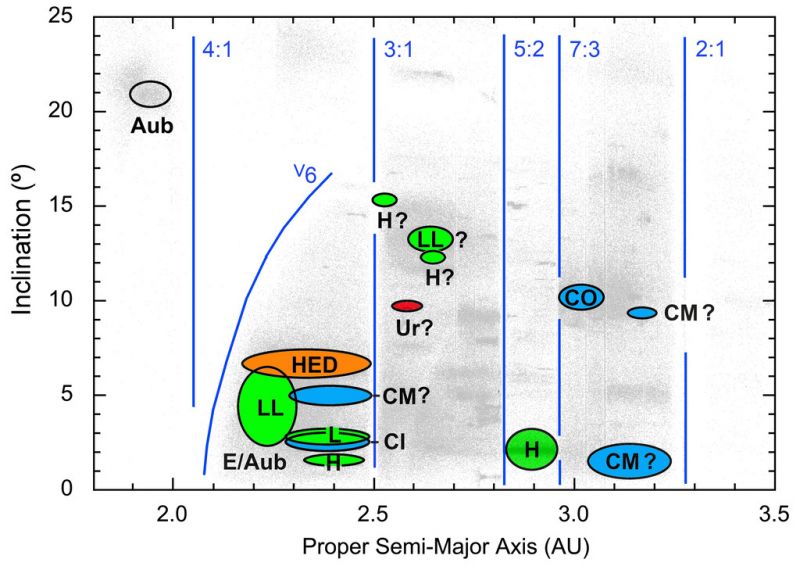
MOFFETT FIELD, Calif. - Scientists found treasure when they studied an exceptional meteorite recovered April 22, 2012 at Sutter's Mill, the gold discovery site that led to the 1849 California Gold Rush.
An international team of 70 researchers reported in today's issue of "Science” that this meteorite provided the most pristine look yet at the surface of the type of primitive asteroid that NASA hopes to send astronauts to in the future.
"The small three meter-sized asteroid that impacted over California’s Sierra Nevada came in at twice the speed of typical meteorite falls," said lead author and meteor astronomer Peter Jenniskens of the SETI Institute and NASA Ames Research Center, Moffett Field, Calif. "Clocked at 64,000 miles per hour, it hit with the energy of a quarter of a Hiroshima bomb. It was the biggest impact over land since the impact of the four meter-sized asteroid 2008 TC3, four years ago over Sudan."
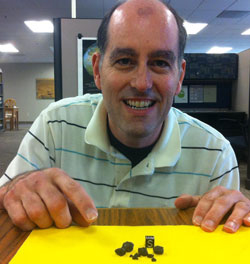
After the asteroid broke up in the atmosphere, weather radar briefly detected a hailstorm of falling meteorites over the townships of Coloma and Lotus in California. This enabled a rapid recovery that permitted the most pristine look yet of a type of meteorite classified as a Carbonaceous-Mighei or CM-type carbonaceous chondrite.
"This was the first time a rare carbonaceous chondrite meteorite was recovered based on such weather radar detection," said Marc Fries of the Planetary Science Institute in Tucson, Arizona, who pioneered the use of this technique. "Meteorites were found mostly under the radar footprint."
Of the estimated 100,000 pound asteroid, less than two pounds was recovered on the ground in the form of 77 meteorites. The biggest was 205 grams.
Some of the key meteorites discussed in this work were found by volunteer search teams led by Jenniskens. "The entire Ames community really came together in the search for these meteorites. People work at NASA because they love science and that was very evident when we saw the overwhelming response of volunteers from Ames wanting to be a part of this,” said Pete Worden, director of NASA Ames Research Center.
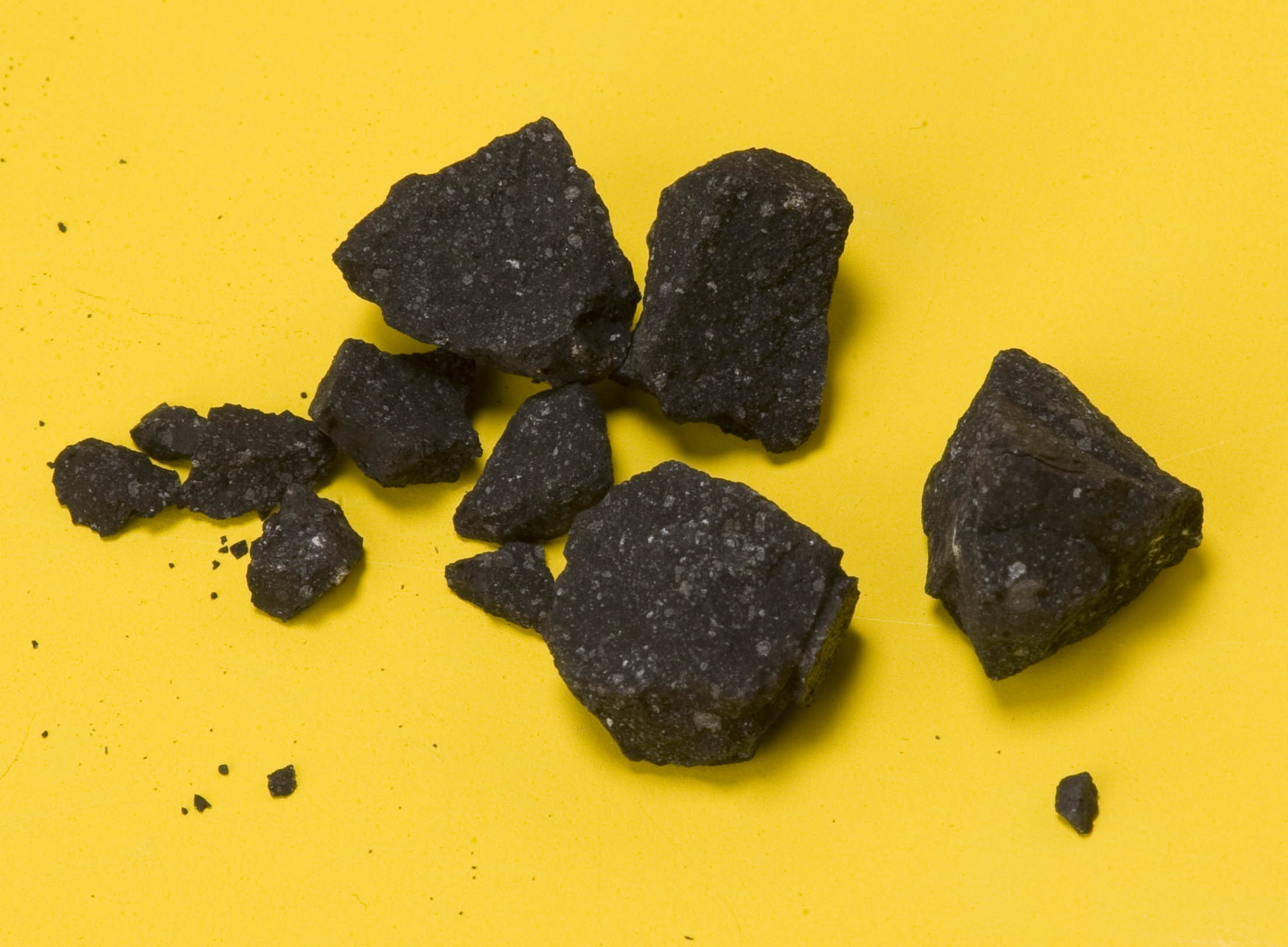
From photographs and video of the fireball, Jenniskens calculated that the asteroid approached on an unusual low-inclined almost comet-like orbit that reached the orbit of Mercury, passing closer to the sun than known from other recorded meteorite falls.
"Based on the unusually short time that the asteroid was exposed to cosmic rays, Sutter's Mill orbited the sun in just about as much time as when it was part of the asteroid belt," Jenniskens said. "It circled the sun three times during a single orbit of Jupiter, in resonance with that planet."
"There was not much time for the asteroid to go slower or faster around the sun," added Jenniskens. That puts the original source asteroid very close to this resonance, in a low inclined orbit. A good candidate source region for CM chondrites is the Eulalia asteroid family, recently proposed as a source of primitive C-class asteroids in orbits that pass Earth."
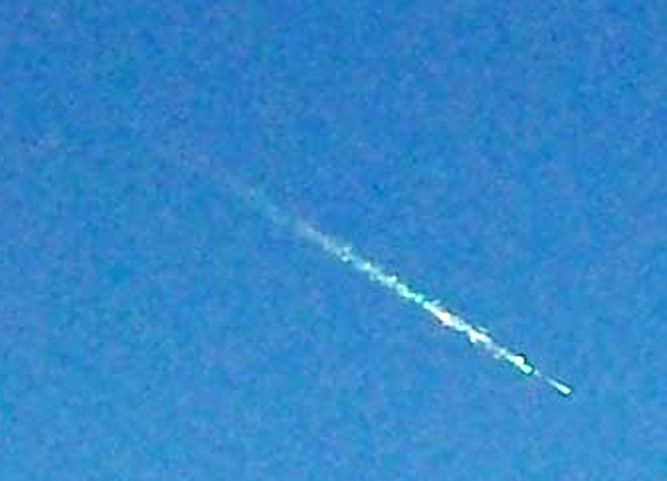
NASA hopes to send astronauts to such C-class asteroids in the future and is already sending robotic spacecraft to a near-Earth primitive asteroid.
"NASA's robotic OSIRIS-REx mission is currently being prepared to bring back a pristine sample of an asteroid named 1999 RQ36," said co-author and mission co-investigator Scott Sandford of NASA Ames. "In addition, Sutter's Mill has the same reflective properties as near-Earth asteroid, 1999 JU3, the mission target of the Hayabusa 2 sample return mission currently being prepared by the Japanese space agency (JAXA)."
The Sutter's Mill meteorite provides a rare glimpse of what these space missions may find.
"The meteorite was a jumbled mess of rocks, called a regolith breccia, that originated from near the surface of a primitive asteroid," said meteoriticist Derek Sears of NASA Ames.
The rapid recovery resulted in the detection of compounds that quickly disappear once a meteorite lands on Earth. Mike Zolensky, a mineralogist at NASA’s Johnson Space Flight Center, Houston, was surprised to detect the mineral oldhamite, a calcium sulfide, known in the past to disappear from contact with water by simply breathing on it.
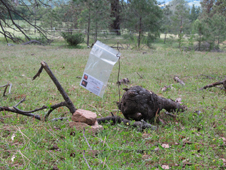
"This mineral was known before mainly from rare enstatite chondrites," said Zolensky, "and its presence in the regolith breccia could mean that primitive and highly evolved asteroids collided with each other even at early times when the debris accumulated that now makes the meteorite matrix."
A wide array of carbon-containing compounds was detected that quickly reacted with water once in the Earth's environment. It is thought that the carbon atoms in our body may have been brought to Earth by such primitive asteroids in the early stages of our planet’s history.
"Amino acids were few in this meteorite because this particular meteorite appears to have been slightly heated in space before it arrived at Earth," said Danny Glavin of NASA’s Goddard Space Flight Center, Greenbelt, Md.
It appears that different parts of the meteorite had a different thermal alteration history. Heating also removed some of the water that used to move salts around in the asteroid.
"Samples collected before it rained on the meteorite fall area still contained such salts," said George Cooper of NASA Ames, "but Sutter's Mill was less altered by water in the asteroid itself than other CM type meteorites."
"Only 150 parts per billion of Sutter's Mill was actual gold," said co-author and cosmochemist Qing-zhu Yin of U.C. Davis, Davis, Calif., "but all of it was scientific gold. With 78 other elements measured, Sutter's Mill provides one of the most complete records of elemental compositions documented for such primitive meteorites."
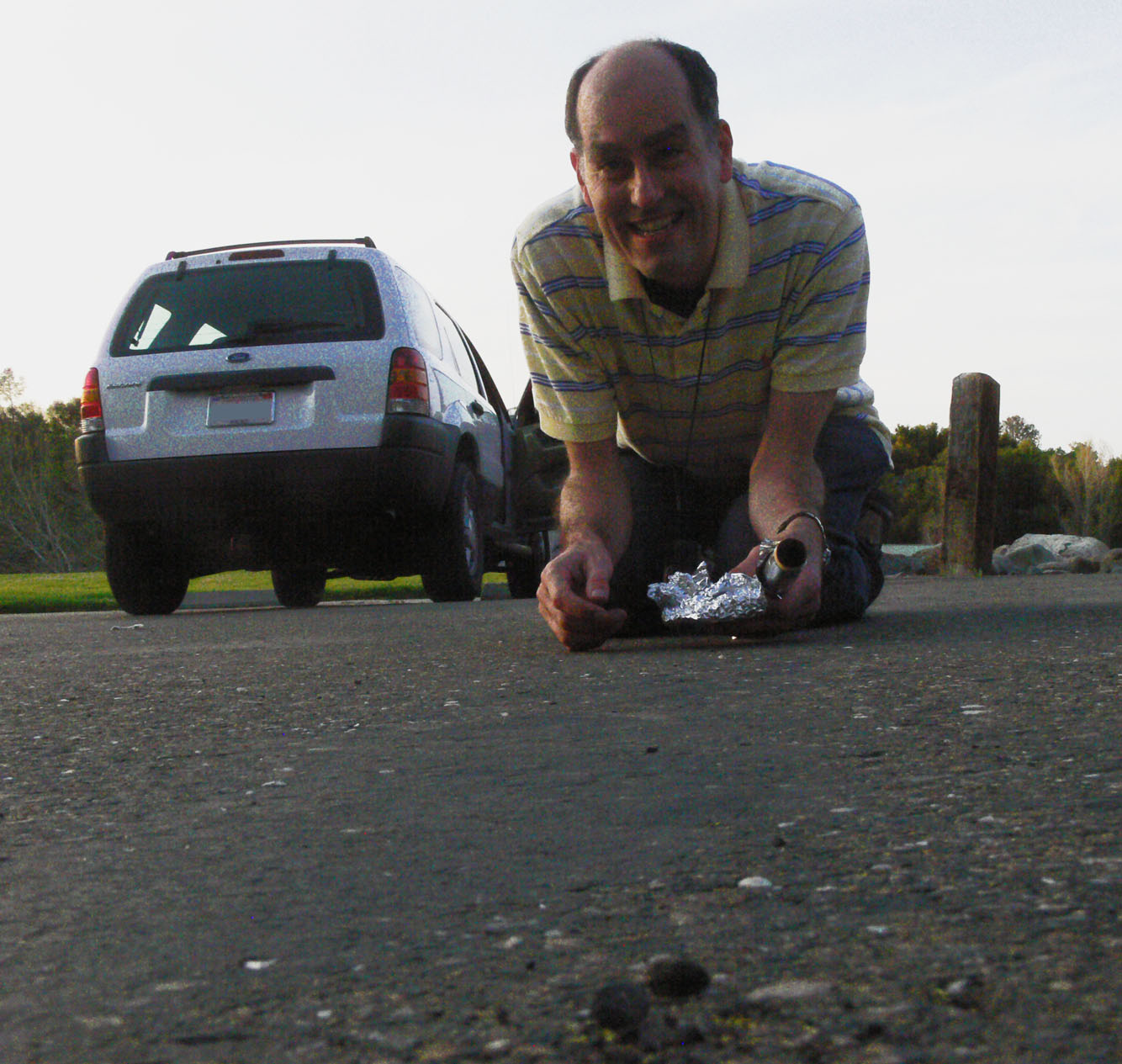
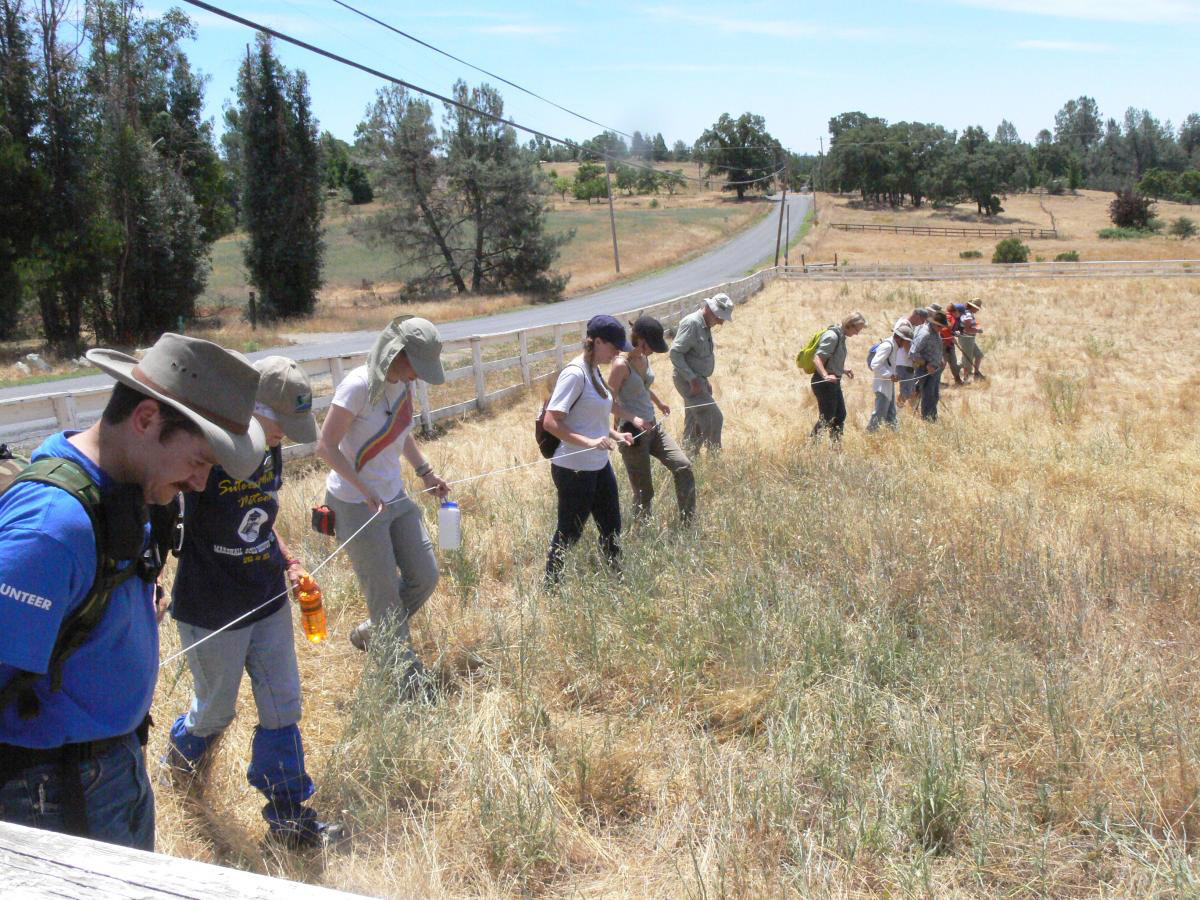
About the SETI Institute
Founded in 1984, the SETI Institute is a non-profit, multi-disciplinary research and education organization whose mission is to lead humanity’s quest to understand the origins and prevalence of life and intelligence in the Universe and to share that knowledge with the world. Our research encompasses the physical and biological sciences and leverages expertise in data analytics, machine learning and advanced signal detection technologies. The SETI Institute is a distinguished research partner for industry, academia and government agencies, including NASA and NSF.
Contact information
Karen Jenvey
Ames Research Center, Moffett Field, Calif.
650-604-4034
karen.jenvey@nasa.gov



